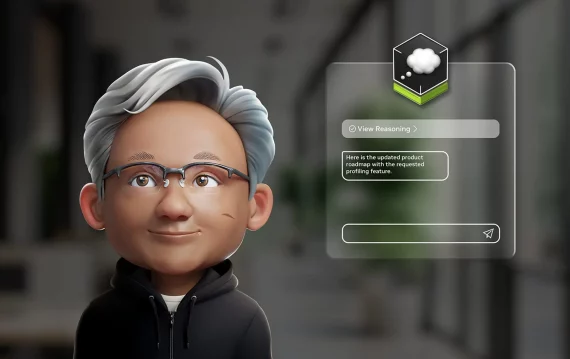
NVIDIA has unveiled Eureka, an open-source agent based on GPT-4, designed to teach robots complex skills such as performing tricks and handling scissors. This breakthrough leverages the power of large language models in high-level semantic planning and autonomous algorithmic decision-making. In this article, we explore how NVIDIA’s Eureka is transforming the landscape of robot training.
NVIDIA Eureka and Isaac Gym
Eureka is a set of algorithms that developers can harness using NVIDIA Isaac Gym, a reinforcement learning-based physics simulation tool. Isaac Gym is built upon NVIDIA Omniverse, a platform for creating 3D tools and applications. This integration enables developers to train robots in a virtual environment, significantly enhancing their capabilities.
Teaching Robots Dexterity
With the help of this tool, NVIDIA developers have successfully trained robots to perform over 30 actions, including opening boxes and cabinets, as well as throwing and catching balls. Notably, they achieved a groundbreaking feat by teaching a robot with five fingers to juggle a ball. The reward programs generated by Eureka outperform those written by human experts in more than 80% of tasks. This leads to an average 52% improvement in learning efficiency. Researchers have also provided detailed reports on training robots in 20 tasks using Eureka, based on open benchmarks for robotic dexterity.

Adaptive Learning and Feedback
What sets Eureka apart is its ability to operate without task-specific prompts or pre-defined reward templates. It can receive feedback from users to adjust its training goals. Eureka compiles key statistical data from training outcomes and instructs the language model to enhance reward functions continually. This adaptability ensures that robots can learn and refine their skills in a dynamic and user-responsive manner.
Versatile Limb Configurations
One of the remarkable features of Eureka is its capability to train robots with varying numbers and types of limbs. Whether a robot has two arms or ten, Eureka can adapt its training strategies to accommodate different limb configurations effectively.
In conclusion, NVIDIA’s Eureka represents a significant leap in the field of autonomous robot learning. Its ability to leverage GPT-4’s language model for complex skill acquisition, coupled with its adaptability and versatility, makes it a game-changer in robot training. With Eureka, the future of robotics looks promising as robots continue to acquire new skills and capabilities at an unprecedented pace.








